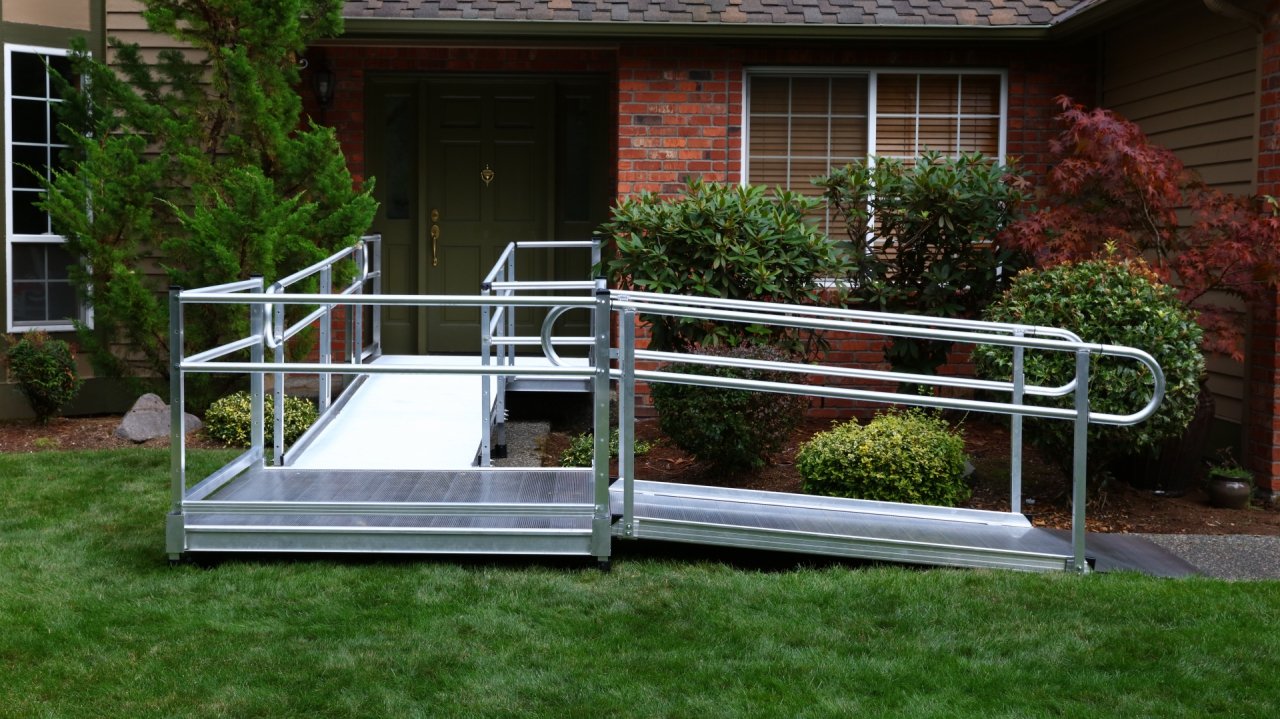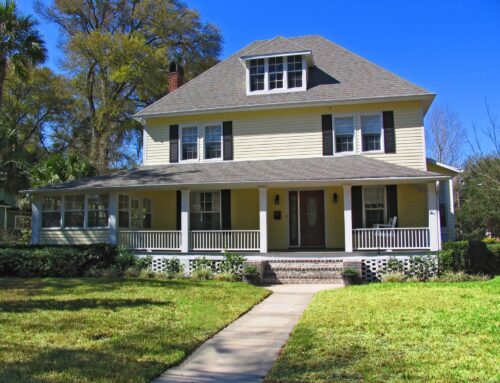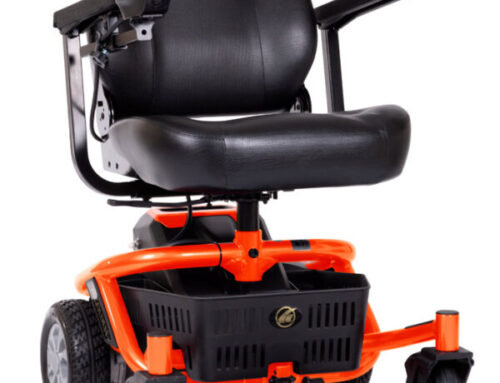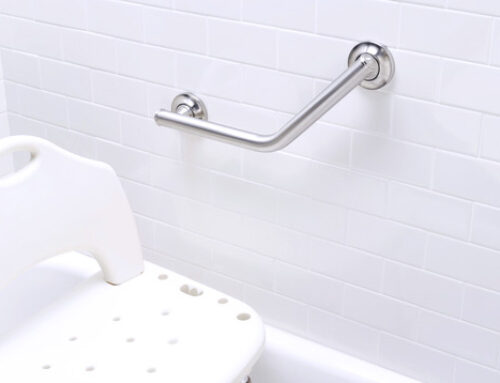When you or your parents bought that house many years ago, eternal optimism may have prevailed, coupled with the thought, “I want to live here forever.” At that time (and unfortunately all too often today) most houses were not built to accommodate the needs of people with mobility or balance issues. That’s slowly changing: The United Nations Convention on the Rights of Persons with Disabilities now mandates that nations take action to “enable persons with disabilities to live independently and participate fully in all aspects of life.”
A “dream home” may not have been built with mobility in mind, but that doesn’t mean you don’t have the ability to make easy modifications to help elderly relatives, friends – or even yourself – age in place. The modification that can have an immediate impact is the installation of ramps.
Ramps in homes may seem like a novel idea, but the concept of an inclined plane to help people with mobility limitations get around has origins dating back to ancient Greece. This simple solution can help an aging population maintain its independence and continue to perform certain tasks without asking for help from non-disabled companions or family and friends. And when relatives or caregivers visit, they can use ramp to help push wheelchairs, which is much easier than carrying mobility aids from one area of a house to another.
Start by considering how ramps can bring peace to the chaos of home entry – front, back, and sliding doors. Entry areas, due to the presence of steps and high frequency of use, makes them high-risk fall zones. Effective ramps in these areas can range from models designed for wheelchair use to simple surfaces that provide subtle transitions from one level to another for people with balance or depth-perception issues. These ramps can also provide a home’s residents or visitors added safety during harsh weather conditions.
Three types of ramps can help blanket a home for safety and accessibility Most are made with additional surface grips, and many can be coupled with handrails:
Modular or wheelchair ramps are available in many lengths and configurations, for use indoors and out. They are not just for people who use wheelchairs, they are effective for people who use a cane, walker, crutches, or need to take extra care because they have mobility challenges.
Threshold ramps are designed to soften the transition between rooms, whether to bypassing thresholds or just evening out levels. These types of ramps can be used between rooms or in conjunction with any small steps throughout a home.
Portable suitcase ramps that feature single-fold design, set up quickly and are ideal for scooters and wheelchairs. They are made of lightweight aluminum, are easy to carry, are designed for high traffic use. Most are available in 2’ to 8’ lengths and feature slip-resistant tread for better traction.
Modular/wheelchair, threshold and portable suitcase ramps are available in a variety of lengths and configurations, for purchase or rental through Angelion Mobility. To learn more, please contact our mobility concierge.





